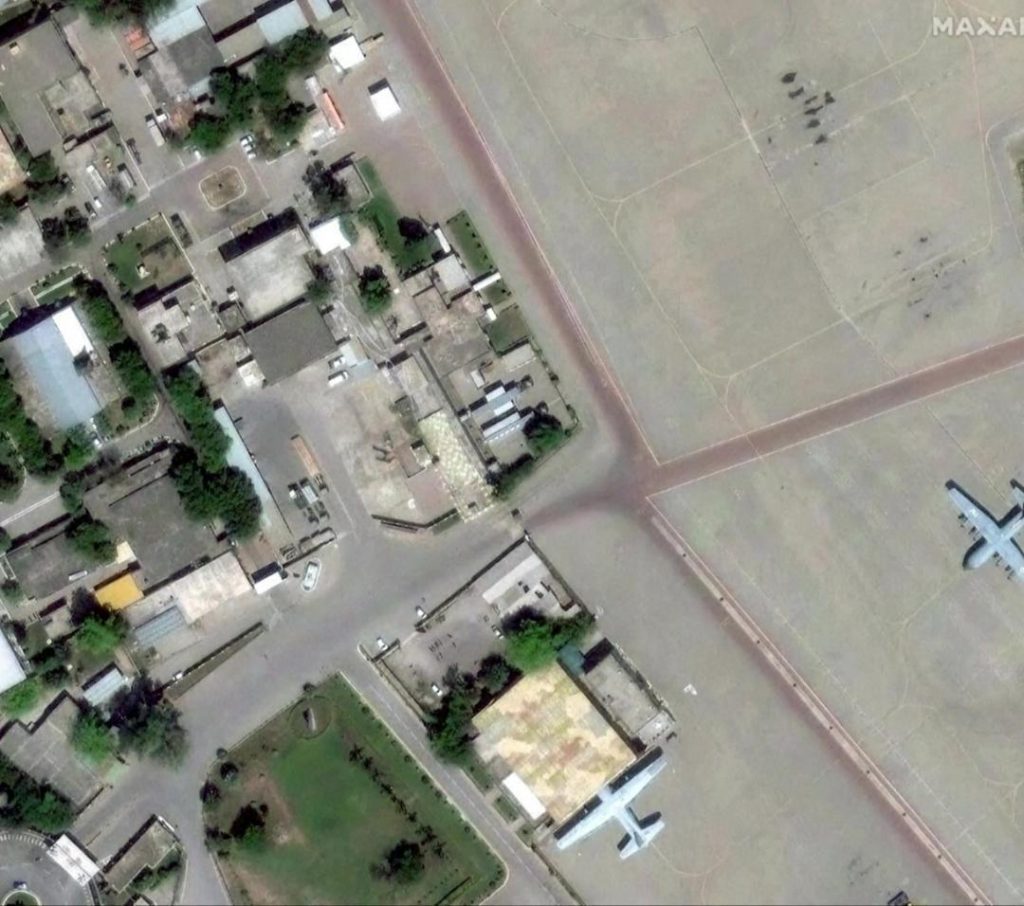
Air Defence Systems of China & Pak No Match for India’s BrahMos: Expert
India’s recent military operation, codenamed “Operation Sindoor”, has sent a strong message to its arch-rivals, China and Pakistan, about its air defence capabilities. The operation, which involved precision strikes on Pakistani air bases, has been hailed by experts as a demonstration of India’s military prowess. One such expert is American urban warfare expert, Colonel (Retd) John Spencer, who believes that the air defence systems of China and Pakistan are no match for India’s BrahMos missile.
In an interview with a leading news portal, Colonel Spencer praised India’s military operation, saying that the country’s air defence systems are far superior to those of its neighbours. “Chinese air defence systems and missiles are sub-par vis-à-vis India’s systems,” he said. “India’s message was clear. It can hit anywhere in Pakistan anytime.”
The BrahMos missile, which is a joint venture between India and Russia, has been a game-changer for India’s air defence capabilities. With its speed of over Mach 2.8 and its ability to engage targets at a range of over 300 km, the BrahMos is a formidable weapon that can destroy enemy air bases and radar stations with precision.
Operation Sindoor was a significant demonstration of India’s military capabilities, and it sent a strong message to China and Pakistan about the country’s ability to respond to any aggression. The operation involved precision strikes on Pakistani air bases, which were carried out using BrahMos missiles. The strikes were so accurate that they damaged Pakistani air bases without causing any collateral damage to nearby civilian areas.
Colonel Spencer’s views on India’s air defence capabilities are not unique. Many experts believe that the country’s military is well-equipped to respond to any aggression from its neighbours. “India’s military has made significant strides in recent years, and its air defence capabilities are one of its strongest assets,” said a defence analyst. “The BrahMos missile is a game-changer, and it gives India a significant advantage over its neighbours.”
China and Pakistan have been trying to develop their own air defence systems, but they have yet to match India’s capabilities. China has developed the HQ-9 surface-to-air missile system, which is designed to engage targets at a range of up to 120 km. However, the system is not as advanced as the BrahMos, and it is not capable of engaging targets at long ranges.
Pakistan, on the other hand, has developed the Al-Samoud-2 surface-to-surface missile system, which is designed to engage targets at a range of up to 300 km. However, the system is not as advanced as the BrahMos, and it is not capable of engaging targets with the same level of precision.
India’s air defence capabilities are not limited to the BrahMos missile. The country has also developed the Akash surface-to-air missile system, which is designed to engage targets at a range of up to 25 km. The Akash system is highly advanced, and it is capable of engaging multiple targets simultaneously.
India’s military has also developed a range of other air defence systems, including the Barak-8 missile system, which is designed to engage targets at a range of up to 50 km. The Barak-8 system is highly advanced, and it is capable of engaging multiple targets simultaneously.
In conclusion, Colonel Spencer’s views on India’s air defence capabilities are well-founded. The country’s BrahMos missile is a game-changer, and it gives India a significant advantage over its neighbours. China and Pakistan may have been trying to develop their own air defence systems, but they have yet to match India’s capabilities.
Source:



